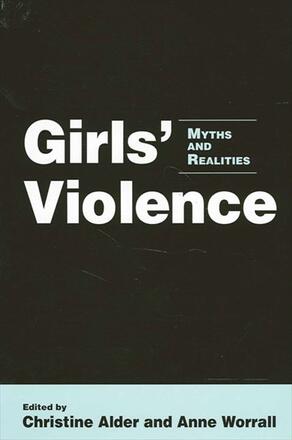
Girls' Violence
Myths and Realities
Alternative formats available from:
A critical look at the perceived increase in girls' violence from a range of disciplinary and geographical perspectives.
Description
This critical collection brings together some of the best contemporary research on the perceived increase in girls' violence. With perspectives from the United States, Canada, Australia, and the United Kingdom, the work challenges official definitions and media representations of girls and violence. Contributors discuss whether violence by girls has actually increased, what kind of behavior by girls is classified as "violent," how attitudes toward girls' behavior have changed, in what contexts girls behave violently, and look at the links between girls' violence and the broader issues of the social construction and social control of adolescent femininities. With diverse essays representing different geographical and disciplinary perspectives, this book offers, at times, contradictory evidence and conflicting views. However, common concerns are clear and the reader is rewarded with a rich exploration of the struggles of girls and young women to take control of their lives in material and ideological conditions that continue to restrict their options and opportunities.
Christine Alder is Principal Research Fellow in the Criminology Department at The University of Melbourne. She is the coeditor (with Rob White) of The Police and Young People in Australia and coauthor (with Ken Polk) of Child Victims of Homicide. Anne Worrall is Professor of Criminology at Keele University. She is the coeditor (with Pat Carlen) of Gender, Crime, and Justice and author of Offending Women: Female Lawbreakers and the Criminal Justice System and Punishment in the Community: The Future of Criminal Justice.
Reviews
"The … contributions use case studies and conversations with girls to rethink girls' power, subordination, and relationships with each other, boys, adults, and the broader communities in which they live. They raise vital questions about perceptions and meanings of violence in all its raced and gendered complexity. " — CHOICE
"All of the authors bring a useful analysis to the issues of young women's use of violence that adds texture and meaning to their agency in multiple locations—schools, the streets, and the domestic sphere. The book also provides a provocative analysis based on race and class as a social context for the interpretation of young women's violence. "-- Patricia O'Brien, author of Making It in the Free World: Women in Transition from Prison